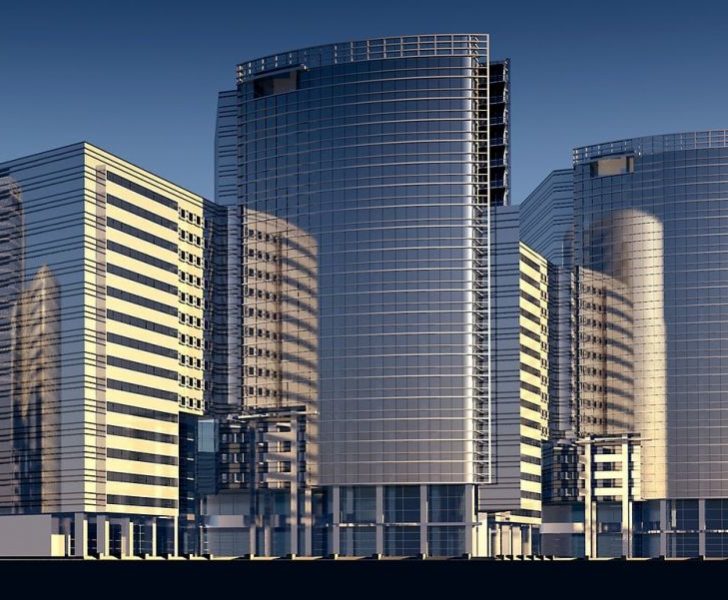Alvar Aalto Buildings: A Comprehensive Overview

Introduction:
Alvar Aalto, a renowned Finnish architect and designer, has left an indelible mark on the world of architecture with his innovative and influential designs. This article will provide a thorough overview of Alvar Aalto Buildings, including their types, popular examples, quantitative measurements, differences between the buildings, and a historical analysis of their advantages and disadvantages.
1. An Overview of Alvar Aalto Buildings:

Alvar Aalto Buildings encompass a wide range of architectural wonders that showcase Aalto’s distinct style and principles. His designs often harmonize with nature, utilizing organic forms and natural materials to create buildings that blend seamlessly with their surroundings. Aalto’s buildings prioritize functionality without compromising aesthetic appeal, resulting in structures that have stood the test of time.
2. Presentation of Alvar Aalto Buildings:
2.1 Types of Alvar Aalto Buildings:
Alvar Aalto Buildings encompass various types, including residential, cultural, educational, and commercial structures. Each type showcases Aalto’s ability to create spaces that cater to specific needs while embodying his principles of functionality and human-centric design.
2.2 Popular Alvar Aalto Buildings:
Some of the most popular Alvar Aalto Buildings include the Finlandia Hall in Helsinki, the Viipuri Library in Vyborg, and the Baker House in Massachusetts. These buildings have gained recognition for their architectural significance, aesthetic beauty, and seamless integration with their respective environments.
3. Quantitative Measurements of Alvar Aalto Buildings:
To truly appreciate the impact and significance of Alvar Aalto Buildings, it is essential to examine some quantitative measurements associated with his structures.
3.1 Dimensions:
Aalto’s buildings often feature unique dimensions that play a crucial role in both their aesthetic appeal and functionality. From the curvature of walls to the height of ceilings, these measurements contribute to the overall experience within the spaces.
3.2 Sustainability and Energy Efficiency:
Alvar Aalto Buildings are often praised for their sustainable design elements and energy efficiency. Incorporating innovative solutions, such as passive solar techniques and natural ventilation systems, Aalto’s buildings prioritize environmental sustainability and minimize their carbon footprint.
4. Differences between Alvar Aalto Buildings:
Despite Alvar Aalto’s consistent design philosophy, each of his buildings holds unique characteristics. The differences stem from the specific context, purpose, and individual requirements of each project.
4.1 Contextual Integration:
Alvar Aalto Buildings adapt to their surrounding environment, whether urban or rural, by responding to the contextual elements such as topography, landscape, and natural light. This contextual integration creates a harmonious relationship between the building and its surroundings.
4.2 Design Elements:
While maintaining a cohesive design language, Alvar Aalto’s buildings showcase variations in design elements such as materiality, forms, and spatial arrangements. These variations reflect the specific purpose and function of each building, making each structure distinct and memorable.
5. Historical Analysis of Advantages and Disadvantages:
A historical perspective allows us to understand the advantages and disadvantages associated with Alvar Aalto Buildings.
5.1 Advantages:
– Human-centric design prioritizes user experience and functionality, creating spaces that enhance well-being.
– Innovative use of natural materials and integration of nature promote sustainability and environmental consciousness.
– Aalto’s designs have stood the test of time, remaining relevant and influential in contemporary architecture.
5.2 Disadvantages:
– The uniqueness of Alvar Aalto Buildings can sometimes create challenges in adapting them to modern needs and technological advancements.
– Preservation and maintenance of these iconic structures require careful attention and expertise.
Conclusion:
Alvar Aalto Buildings continue to captivate and inspire architects and enthusiasts alike. Their harmonious integration with nature, functional design principles, and innovative use of materials have cemented Aalto’s legacy in the world of architecture. As we delve deeper into the world of Alvar Aalto Buildings, we appreciate their timeless appeal and significance in shaping the built environment.











